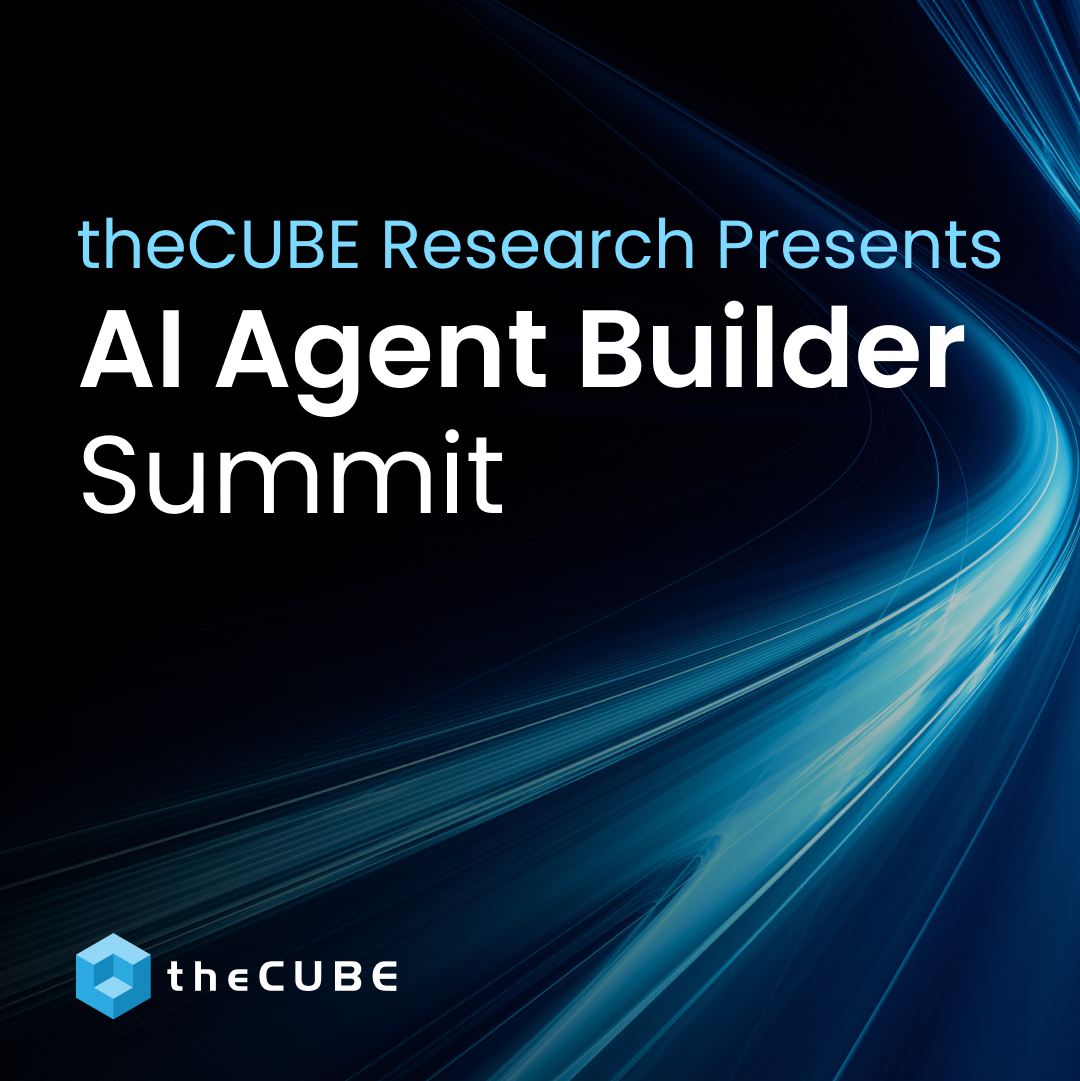HPE is building the world’s most powerful ARM-based supercomputer yet
Hewlett Packard Enterprise Co. is teaming up with Sandia National Laboratories and the U.S. Department of Energy to develop what will be the world’s largest and most powerful supercomputer based on an ARM chip architecture.
The supercomputer, called Astra, will be used by the DOE’s National Nuclear Security Administration agency to run advanced models that will improve the analysis of data-intensive science experiments in areas such as national security and energy.
The use of an ARM-based architecture in a supercomputer is notable because up until now, most such machines have been built using a more traditional x86-based architecture. ARM chips typically require fewer transistors than their x86-based cousins, resulting in lower costs and power consumption, and better heat dissipation. This makes them ideal for smaller, battery-powered devices such as smartphones, where they are most widely used, but they can also be a more power-efficient solution for supercomputers, which consume vast amounts of energy.
HPE’s main contribution to the Astra supercomputer will be its Apollo 70 High Performance Computing platform, which is powered by the latest Cavium ThunderX2 Arm processor. The Astra supercomputer, sporting a massive 145,000 cores in 2,592 dual-processor servers, will deliver “over 2.3 theoretical peak petaflops of performance, 33 percent better memory performance than traditional market offerings, and greater system density,” the company said.
HPE said this kind of architecture is needed to deliver greater HPC performance for research-intensive tasks that require rapid processing and analyzing of large data sets. The company said the ultimate goal is to deliver what’s called an “exascale” supercomputing system, which is one that would be capable of carrying out 1 billion billion calculations per second, representing a thousandfold increase over the world’s first “petascale” computer, which went online in 2008.
HPE said an ARM-based architecture is the best bet to achieve this goal, because the traditional x86 architecture isn’t able to provide the necessary performance, memory and scalable capabilities required for an exascale system.
“By introducing Arm processors with the HPE Apollo 70, a purpose-built HPC architecture, we are bringing powerful elements, like optimal memory performance and greater density, to supercomputers that existing technologies in the market cannot match,” said Mike Vildibill, vice president of the Advanced Technology Group at HPE.
New architectures and processes such as those based on ARM processors are going to play an important role in the race to capture the supercomputer crown, Holger Mueller, principal analyst and vice president of Constellation Research Inc., told SiliconANGLE. “Density and energy-efficiency are key success factors in this race and the ARM processor sticks out in this regard,” Mueller said. “It will be interesting to watch how the partnership with Sandia Labs helps HPE perform in this race.”
Arm Holdings, the U.K.-based firm owned by SoftBank Group that designs ARM chips and licenses them to other companies, has taken some significant steps of its own to make its processors more relevant in high-performance computing. In August 2016 it said it was partnering with Japan’s Fujitsu Ltd. to build a new 64-bit ARMv8-A-powered Post K supercomputer. And in December of that year it acquired a company called Allinea Software that provides performance analysis tools for supercomputers.
Patrick Moorhead, president and principal analyst at Moor Insights & Strategy, said ARM represents new competition, which could prompt increased investment in supercomputers. “ARM brings some very interesting density and core-per-server plays to the table, optimal for certain HPC tasks,” he said.
HPE hasn’t said when it expects to finish building the Astra supercomputer, which will be deployed in one of the Sandia National Laboratory’s computer labs.
Image: HPE
A message from John Furrier, co-founder of SiliconANGLE:
Support our open free content by sharing and engaging with our content and community.
Join theCUBE Alumni Trust Network
Where Technology Leaders Connect, Share Intelligence & Create Opportunities
SiliconANGLE Media is a recognized leader in digital media innovation serving innovative audiences and brands, bringing together cutting-edge technology, influential content, strategic insights and real-time audience engagement. As the parent company of SiliconANGLE, theCUBE Network, theCUBE Research, CUBE365, theCUBE AI and theCUBE SuperStudios — such as those established in Silicon Valley and the New York Stock Exchange (NYSE) — SiliconANGLE Media operates at the intersection of media, technology, and AI. .
Founded by tech visionaries John Furrier and Dave Vellante, SiliconANGLE Media has built a powerful ecosystem of industry-leading digital media brands, with a reach of 15+ million elite tech professionals. The company’s new, proprietary theCUBE AI Video cloud is breaking ground in audience interaction, leveraging theCUBEai.com neural network to help technology companies make data-driven decisions and stay at the forefront of industry conversations.













